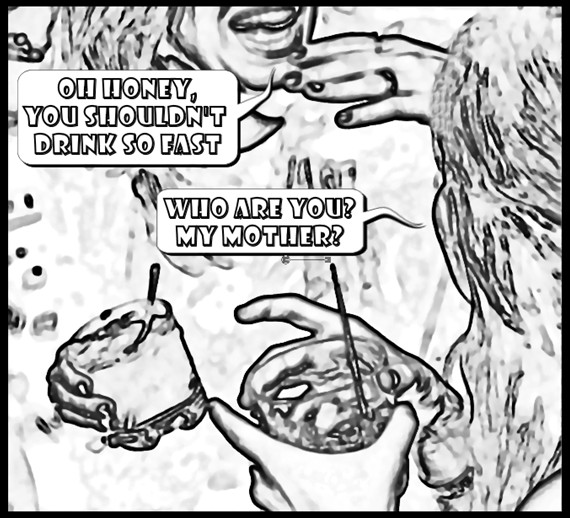In a perfect world, chickens could cross the road without having their motivations questioned. But this isn’t a perfect world, and human beings are imperfect creatures. Hence people keep asking, “Why did the chicken cross the road?”
Yet what possible difference could it make, why an anonymous chicken crossed some unnamed road? Sherlock Holmes, in The Sign of Four, suggests a potential answer: “I cannot live without brain-work. What else is there to live for?”
And thus there are many books of riddles, but this isn’t one of them. What we have here is an intellectual party game—Explain This!—based on lateral thinking puzzles. (Details and rules are found below.) The game, which originated as an academic teaching tool during the 1960s, is designed to be fun for smart people. This book is written with the hope of being likewise amusing.
Brainteasers often take a generic form. The most dreaded variety starts out, “If a train leaves St. Louis traveling 60 miles per hour…,” at which point most people blurt back, “…how far is it to the bar car?”
Continue reading About the book EXPLAIN THIS!
